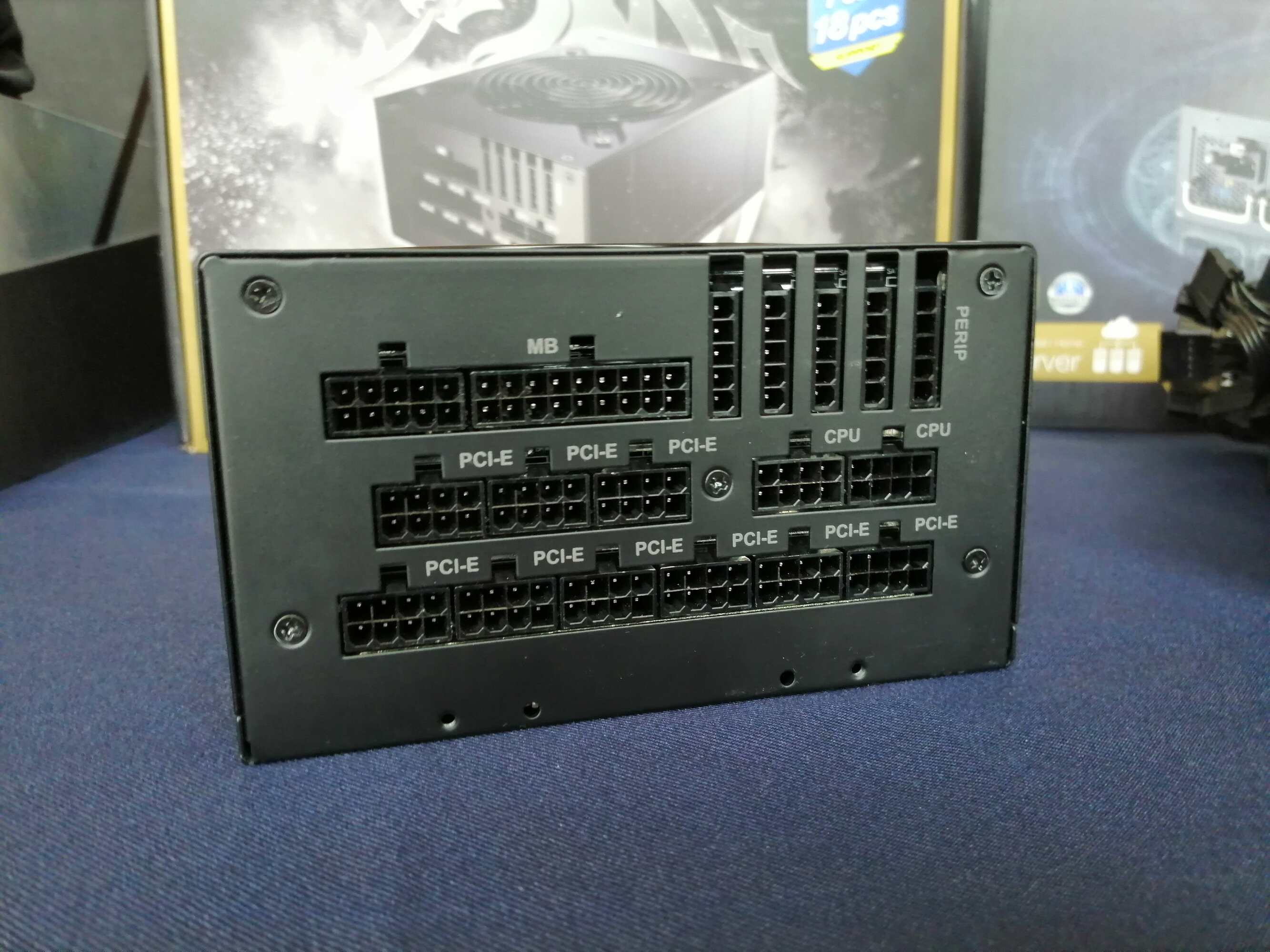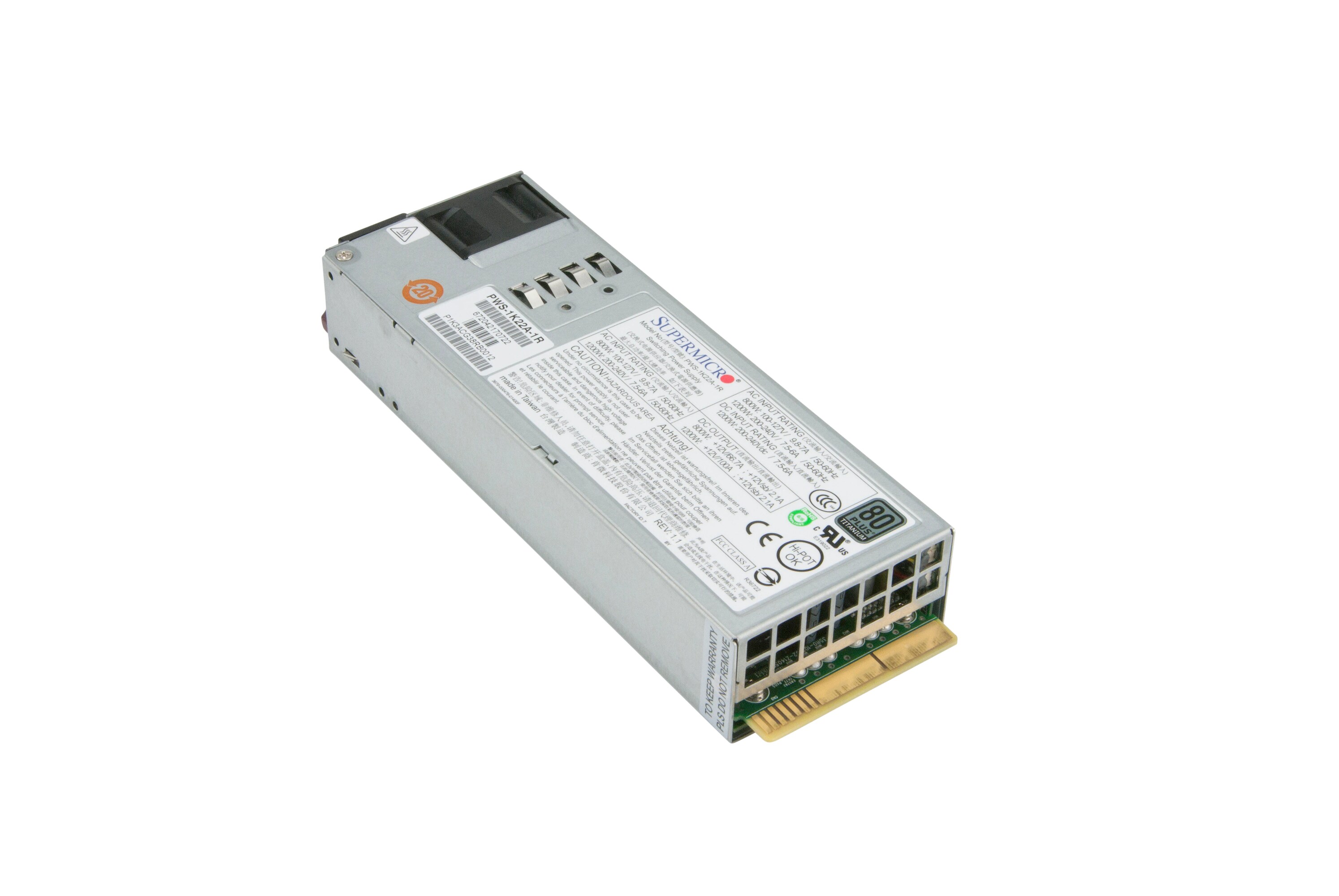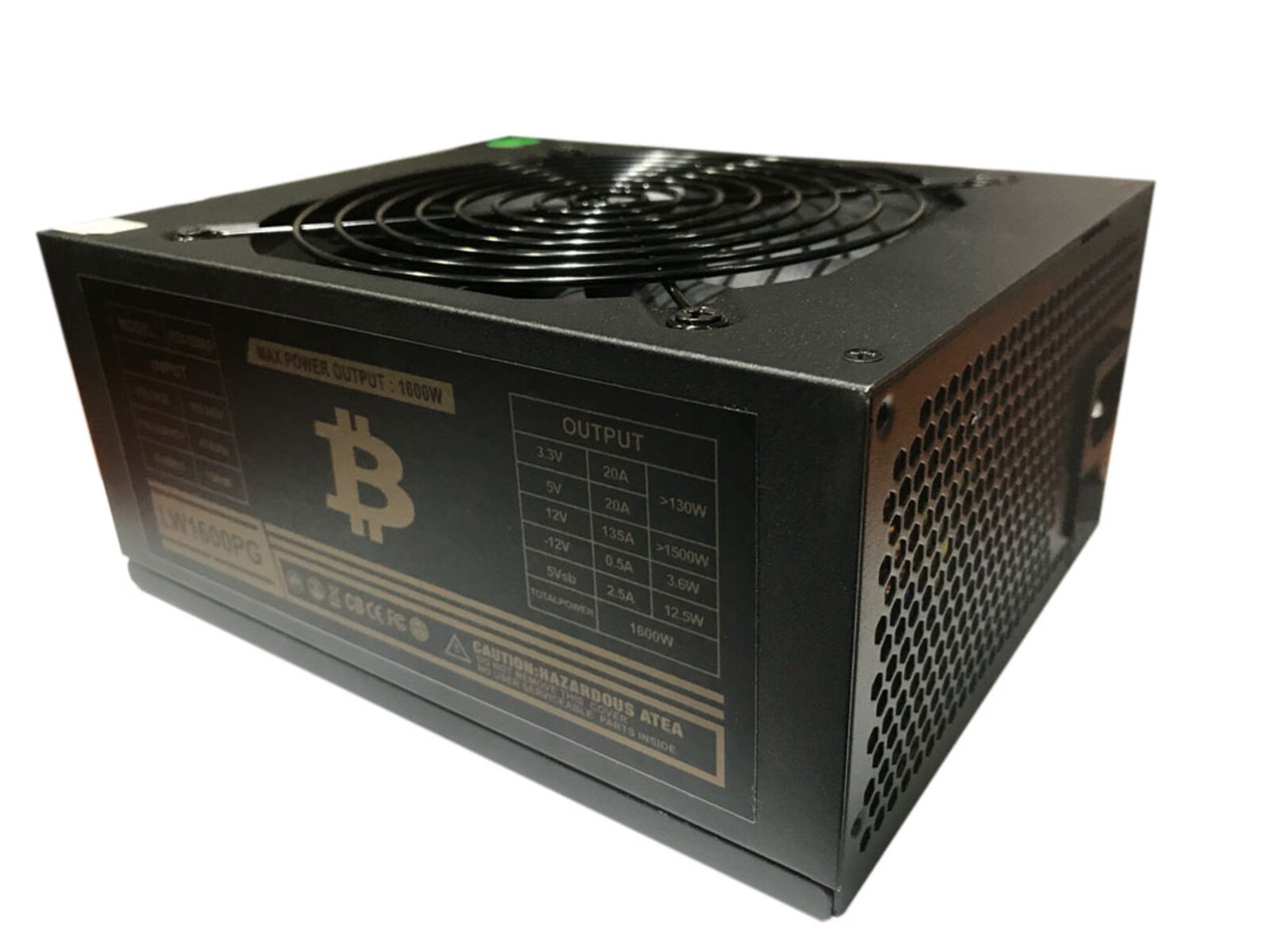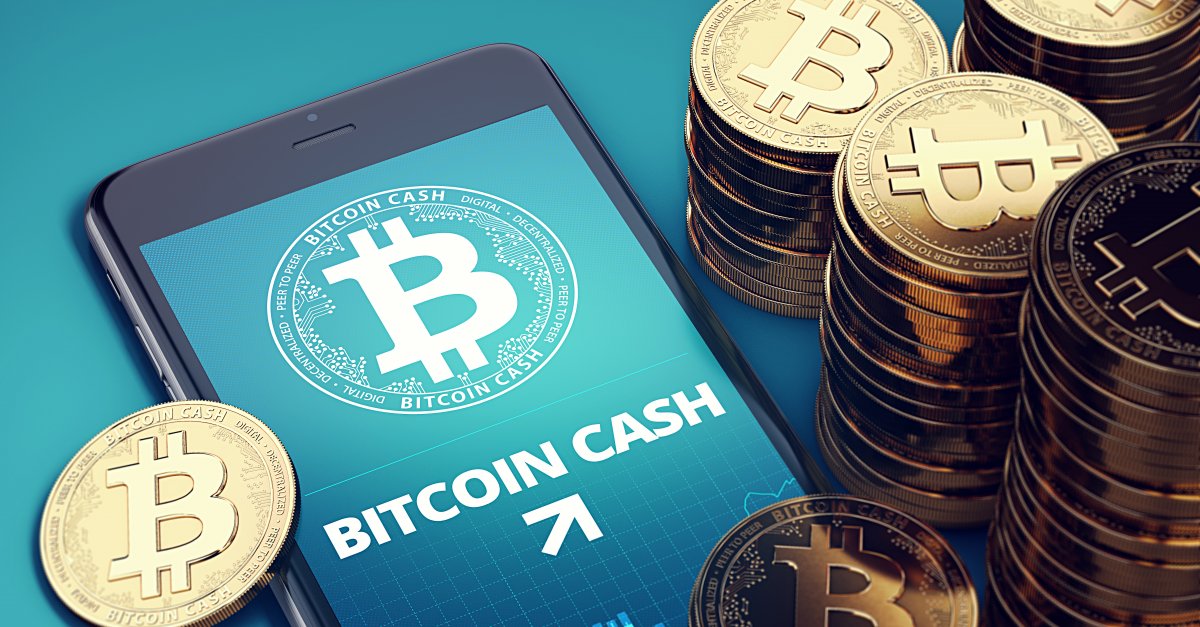Introduction
Bitcoin has taken the financial world by storm since its inception in 2009. As a decentralized digital currency, Bitcoin operates without the need for a centralized authority, such as a bank or government. It facilitates peer-to-peer transactions securely and anonymously using blockchain technology.
One of the fundamental aspects of Bitcoin is mining. Mining plays a crucial role in maintaining the integrity and security of the network. It involves validating and recording transactions, as well as creating new Bitcoins in the process. But what exactly does mining Bitcoin mean? How does it work, and what are the challenges and risks involved?
In this article, we will explore the fascinating world of Bitcoin mining. We will delve into the technicalities, the hardware and software used, and the rewards and incentives for miners. We will also examine the environmental impact of mining and the potential risks associated with this rapidly evolving industry.
Bitcoin mining is not simply about digging virtual coins out of the ground. It is a complex process that requires computational power, electricity, and specialized equipment. Understanding the intricacies of mining Bitcoin will give us insight into the revolutionary nature of this digital currency.
So, if you are curious about the world of Bitcoin mining and want to learn more about how it functions, continue reading. By the end of this article, you will have a clearer understanding of the concept and the role miners play in the Bitcoin ecosystem.
What is Bitcoin?
Bitcoin is a decentralized digital currency that was created in 2009 by an anonymous individual or group of individuals known by the pseudonym Satoshi Nakamoto. It operates on a peer-to-peer network, allowing users to send and receive funds directly without the need for intermediaries like banks or governments.
Unlike traditional currencies, Bitcoin is not issued or controlled by any central authority. Instead, it is based on a technology called blockchain, which is a public ledger that records and verifies all Bitcoin transactions. This means that every transaction made with Bitcoin is transparent and can be audited by anyone.
Bitcoin is often referred to as “digital gold” due to its limited supply. There will only ever be 21 million Bitcoins in existence, and this scarcity gives the currency its value. Additionally, Bitcoin is divisible into smaller units called satoshis, named after its creator. One Bitcoin is equivalent to 100 million satoshis.
One of the key features of Bitcoin is its security. Transactions are secured using cryptographic algorithms, making it difficult to hack or counterfeit the currency. Additionally, the decentralized nature of the network means that there is no single point of failure or vulnerability that can be exploited.
Bitcoin has gained popularity for various reasons. It allows for fast and cheap transfers of funds across borders, without the need for traditional banking systems. It also provides financial autonomy and privacy to users, as transactions are pseudonymous and do not require personal information.
Bitcoin has seen significant price volatility since its inception, with notable periods of rapid growth and declines. This has attracted both investors and speculators to the digital currency market. The price of Bitcoin is determined by supply and demand factors, as well as external market influences.
As Bitcoin continues to evolve, it has paved the way for the development of thousands of other cryptocurrencies, collectively known as altcoins. These alternative cryptocurrencies aim to address different use cases and provide unique features beyond what Bitcoin offers.
In summary, Bitcoin is a decentralized digital currency based on blockchain technology. It offers secure and transparent transactions, financial autonomy, and limited supply. Its innovative nature has disrupted traditional financial systems, making it a fascinating and rapidly evolving concept in the digital age.
What is Mining?
Mining is an essential process in the world of cryptocurrencies, including Bitcoin. In simple terms, mining refers to the process of validating transactions and adding them to the blockchain, the public ledger that records all transactions in a decentralized network. Miners play a vital role in maintaining the security and integrity of the blockchain.
In the context of Bitcoin, mining involves solving complex mathematical problems using specialized computer hardware called mining rigs. These problems, known as cryptographic hash functions, require significant computational power to solve. Miners compete with each other to solve these problems and the first miner to find the solution is rewarded with newly minted Bitcoins.
The process of mining serves two primary purposes. Firstly, it validates transactions by ensuring that they comply with the network’s rules and that the sender has sufficient funds. Secondly, it creates new Bitcoins and introduces them into circulation. This process is known as block reward mining, where miners group transactions into blocks and add them to the blockchain.
In order to mine Bitcoin, miners must be part of the network and actively contribute their computational power. They connect their mining rigs to the network and start solving the cryptographic problems. The more computational power a miner has, the higher their chances of successfully solving a problem and being rewarded with Bitcoins.
Mining Bitcoin is not an easy task. As more miners join the network, the difficulty of the problems increases to maintain a consistent block time. This ensures that new blocks are added to the blockchain approximately every 10 minutes. Miners need to invest in powerful hardware, such as ASIC (Application-Specific Integrated Circuit) miners, to increase their chances of profitability.
It is important to note that the mining process requires a significant amount of electricity. Mining rigs consume a large amount of power to run the complex calculations, leading to high energy consumption. This has raised concerns about the environmental impact of Bitcoin mining, particularly in regions where the electricity is derived from non-renewable sources.
In recent years, there has been a shift towards sustainable mining practices, with some mining operations utilizing renewable energy sources and implementing energy-efficient technologies. This aims to reduce the carbon footprint associated with Bitcoin mining and make it more sustainable in the long run.
In summary, mining is a critical process in the world of cryptocurrencies like Bitcoin. It involves validating and adding transactions to the blockchain while creating new Bitcoins. Miners contribute their computational power, solving complex mathematical problems to secure the network. However, mining is resource-intensive and has raised environmental concerns, leading to a push for more sustainable mining practices.
How does Mining Bitcoin Work?
Mining Bitcoin is a complex and resource-intensive process that involves several steps to validate transactions and create new Bitcoins. Understanding how mining works can provide insight into the functioning of the Bitcoin network and the role of miners within it.
The process of mining begins with the compilation of pending transactions into a block. Miners collect these transactions from the Bitcoin mempool, a holding area for unconfirmed transactions, and verify their validity. This verification involves checking if the sender has sufficient funds, if the transaction follows the network’s rules, and if the digital signatures are valid.
Once a miner has verified the transactions, they add them to a candidate block, which will be added to the blockchain if the miner successfully solves the cryptographic problem. The candidate block also includes a reference to the previous block in the chain, creating a link between blocks and ensuring the continuity and immutability of the blockchain.
The next step in the mining process is solving the cryptographic problem, also known as mining a block. Miners utilize their computational power to find a specific hash value that fulfills certain criteria. This hash value is generated by applying a mathematical algorithm to the candidate block’s data, including the transactions and the nonce, a random number added to the block. Miners repeatedly modify the nonce until they find a hash value that meets the specified criteria, typically a value with a certain number of leading zeros.
The mining process is probabilistic, meaning that each attempt to solve the cryptographic problem involves a significant amount of computational work. However, finding the solution is relatively simple and can be easily verified by other nodes in the network. This ensures that the process is decentralized, transparent, and resistant to manipulation.
Once a miner successfully mines a block, they propagate it to the network, informing other nodes of their achievement. Other miners then validate the block by verifying the transactions and ensuring the solution to the cryptographic problem is correct. Once a consensus is reached, the block is added to the blockchain, and the miner who successfully mined it is rewarded with a predetermined amount of newly minted Bitcoins. This reward acts as an incentive for miners to continue their mining activities.
Over time, the difficulty of the cryptographic problems adjusts to maintain a consistent block time of approximately 10 minutes. This adjustment ensures that the rate at which new Bitcoins are created remains relatively stable despite changes in the number of miners and the computational power in the network. It also ensures the security and integrity of the blockchain by making it increasingly difficult for malicious actors to alter past transactions.
In summary, the mining process in Bitcoin involves validating transactions, creating candidate blocks, and solving cryptographic problems to mine new blocks. Miners contribute their computational power to find the solution, and once a block is successfully mined, it is added to the blockchain. This decentralized and transparent process ensures the security and integrity of the Bitcoin network while providing incentives for miners to participate in the mining process.
The Role of Miners in the Bitcoin Network
Miners play a crucial role in the Bitcoin network, contributing to its operations, security, and functionality. Their role extends beyond solely mining new Bitcoins; they are the backbone of the decentralized network, ensuring the validity of transactions and maintaining the integrity of the blockchain.
One of the primary responsibilities of miners is to validate transactions. When a transaction is made on the Bitcoin network, it is transmitted to all nodes in the network, including miners. Miners verify that the transaction adheres to the network’s rules and that the sender has sufficient funds. This verification process helps prevent double-spending, where a user attempts to spend the same Bitcoin multiple times.
In addition to transaction validation, miners also maintain the blockchain by adding new blocks to the chain. They solve complex mathematical problems, known as cryptographic hash functions, to mine a new block and add it to the network. This process ensures that the blockchain remains secure, immutable, and resistant to tampering or manipulation.
The role of miners goes beyond merely validating transactions and mining new blocks. They also help distribute and propagate new transactions and blocks throughout the network. When a miner successfully mines a new block, they share it with other miners and nodes. This ensures that all participants in the network are aware of the latest transactions and can update their copy of the blockchain accordingly.
Miners also contribute to the consensus mechanism of the Bitcoin network. In order for a block to be added to the blockchain, there needs to be a consensus among the network participants that it is valid. Miners play a significant role in this process by validating blocks and participating in the proof-of-work mechanism. Their computational power and efforts contribute to the overall security of the network by making it increasingly difficult for malicious actors to control the majority of the computing power and manipulate the blockchain.
Furthermore, miners provide an essential service by ensuring the decentralization of the network. The distributed nature of Bitcoin mining prevents any single entity from controlling the majority of the mining power, thus eliminating the risk of centralized control and manipulation. This decentralization is one of the key features and strengths of the Bitcoin network, enhancing its security and resilience.
It is important to note that mining Bitcoin can be a competitive and resource-intensive process. As more miners join the network, the computational power required to mine new blocks increases. This has led to the development of specialized mining hardware, such as ASICs, which are designed to perform the complex calculations required for mining efficiently. However, the decentralized nature of the Bitcoin network ensures that no single entity can dominate the mining process and that the network remains accessible to individuals and small mining operations.
In summary, miners have a vital role in the Bitcoin network. They validate transactions, mine new blocks, maintain the blockchain, and contribute to the decentralization and security of the network. Miners ensure the integrity of the system and enable the trustless and decentralized nature of the Bitcoin network to function effectively.
The Process of Mining Bitcoin
The process of mining Bitcoin involves a series of steps and operations that miners undertake to validate transactions, solve cryptographic problems, and secure the blockchain. Understanding the intricacies of this process is essential to grasp the technical and operational aspects of Bitcoin mining.
The first step in the mining process is transaction verification. Miners collect pending transactions from the Bitcoin mempool and verify their validity. This involves checking if the sender has sufficient funds, if the transaction adheres to the network’s rules, and if the digital signatures are correct. Miners compile these validated transactions into a candidate block for mining.
Next, miners work to solve a cryptographic problem, also known as mining a block. They use their computational power to find a specific hash value that meets certain criteria. This hash value is generated by applying a mathematical algorithm to the data of the candidate block, including the transactions and a random number called the nonce. Miners adjust the nonce repeatedly until they find a hash value that fulfills the specified criteria, typically a value with a certain number of leading zeros.
Mining a block is a probabilistic process. Each attempt to find the solution requires a substantial amount of computational work. However, once a miner finds a valid solution, it can be easily verified by other nodes in the network. This ensures the decentralized and trustless nature of the Bitcoin network, as the computational puzzle serves as proof of work.
When a miner successfully mines a block, they propagate it to the network, allowing other nodes to validate and add it to their copy of the blockchain. The block includes a reference to the previous block, creating a chronological link between blocks and ensuring the immutability of the blockchain. The miner who mines the block is rewarded with a predetermined amount of newly minted Bitcoins, known as the block reward. As of now, the block reward is 6.25 Bitcoins, but this amount is programmed to halve approximately every four years in an event called the halving.
The mining process is dynamic and competitive. The Bitcoin network adjusts the difficulty of the cryptographic problem every 2016 blocks to maintain a consistent block time of approximately 10 minutes. This adjustment ensures that the computational power in the network remains in balance with the rate of block creation, preventing an influx of new blocks or rapid block generation.
As the difficulty increases, miners need to upgrade their hardware or join mining pools to increase their chances of successfully mining blocks. Mining pools are collaborative efforts where multiple miners combine their computational power to mine blocks collectively. Pools distribute the block reward among their members based on their contributed computational power.
It is important to note that mining Bitcoin requires significant electricity consumption. The computational work involved in mining generates heat and requires specialized mining rigs that consume substantial amounts of power. This has led to concerns about the environmental impact of mining, especially in areas where the electricity is generated from non-renewable sources.
In summary, the process of mining Bitcoin involves validating transactions, solving cryptographic problems, and securing the blockchain. Miners compile verified transactions into blocks and use their computational power to mine new blocks by finding a hash value that meets specific criteria. Successfully mined blocks are rewarded with newly minted Bitcoins. The mining process is dynamic, competitive, and resource-intensive. It plays a crucial role in the functioning and security of the Bitcoin network.
Hardware and Software Used in Bitcoin Mining
Bitcoin mining requires specialized hardware and software to perform the complex calculations necessary for verifying transactions and mining new blocks. Miners rely on powerful machines and dedicated software to maximize their computational power and increase their chances of successful mining. Let’s take a closer look at the hardware and software components used in Bitcoin mining.
Hardware:
The hardware used in Bitcoin mining has evolved significantly since the early days of the cryptocurrency. In the beginning, miners could use standard CPUs (Central Processing Units) and GPUs (Graphics Processing Units) to mine Bitcoin. However, as the competition increased, specialized hardware known as ASICs (Application-Specific Integrated Circuits) became the norm.
ASIC miners are designed specifically for mining cryptocurrencies and offer significant advantages in terms of computational power and energy efficiency. These machines are highly optimized for solving the cryptographic problems involved in mining Bitcoin and provide a substantial increase in mining capabilities compared to traditional CPUs and GPUs.
ASIC miners come in various forms, from small USB devices to large, dedicated mining rigs. They are equipped with powerful processors and built-in cooling mechanisms to handle the intensive computing requirements of mining. Miners often purchase multiple ASIC miners and set up mining farms to increase their chances of mining new blocks and earning block rewards.
Software:
To operate and control the mining hardware, miners utilize specialized software. Mining software allows miners to connect their hardware to the Bitcoin network and communicate with other nodes. It provides the necessary tools and functionalities to manage mining operations effectively.
Mining software typically includes features such as monitoring and adjusting mining parameters, displaying real-time statistics and performance metrics, and managing mining rewards. It enables miners to configure their mining rigs, choose mining pools, and monitor their mining activities to maximize efficiency and profitability.
Various mining software options are available, both for individual mining and for mining pool participation. Examples of popular mining software include CGMiner, BFGMiner, EasyMiner, and BitMinter. These software programs are often compatible with different operating systems, such as Windows, Linux, and macOS.
In addition to the mining software, miners also require a Bitcoin wallet to store and manage their earned Bitcoins. Mining software usually integrates with the wallet, allowing miners to receive their block rewards directly into their wallets. It is crucial to choose a reputable and secure wallet to ensure the safety of the mined Bitcoins.
In summary, Bitcoin mining relies on specialized hardware and software components to perform the necessary computations and validate transactions. ASIC miners have become essential for mining due to their high computational power and energy efficiency. Mining software enables miners to control and manage their mining operations, monitor performance, and interact with the Bitcoin network. By utilizing the right combination of hardware and software, miners can maximize their chances of successfully mining new blocks and earning Bitcoin rewards.
Challenges and Risks of Bitcoin Mining
While Bitcoin mining can be a lucrative endeavor, it is not without its challenges and risks. Miners face various obstacles that can impact profitability, sustainability, and overall success in the mining process. Understanding these challenges and risks is crucial for miners to make informed decisions and navigate the ever-evolving landscape of Bitcoin mining.
Intense Competition:
As the popularity of Bitcoin continues to grow, so does the number of miners entering the network. This has led to increasingly intense competition, making it more challenging to mine new blocks and earn block rewards. Miners must invest in powerful hardware and join mining pools to increase their chances of success. The competition can result in lower profit margins and longer return on investment timelines for individual miners.
Difficulty Adjustment:
The Bitcoin network adjusts the difficulty of the cryptographic problem every 2016 blocks, or approximately every two weeks. This adjustment is designed to maintain a consistent block time of around 10 minutes. However, rapid changes in mining power can lead to significant adjustments, making it more difficult to mine new blocks. The dynamic nature of difficulty adjustment adds unpredictability and can impact miners’ profitability.
Energy Consumption:
Bitcoin mining requires a substantial amount of electricity to power mining rigs and perform the complex computational work. The energy consumption associated with mining has raised concerns about its environmental impact, particularly when the electricity is derived from non-renewable sources. Miners are increasingly exploring sustainable mining practices, such as utilizing renewable energy sources and implementing energy-efficient technologies to mitigate the environmental effects.
Operating Costs:
Operating a mining operation entails ongoing costs, including electricity, cooling, maintenance, and hardware upgrades. These costs can significantly impact profitability, particularly in regions where electricity prices are high. Miners must carefully consider their operational expenses and optimize their mining setup to maximize profitability and maintain a sustainable mining operation.
Technological Advancements:
The constant evolution of technology introduces both opportunities and challenges for Bitcoin mining. Hardware manufacturers regularly release new, more efficient mining equipment, rendering older machines less competitive. Miners must stay up-to-date with the latest advancements in mining hardware and software to remain competitive in the ever-changing mining landscape.
Regulatory and Legal Risks:
The regulatory landscape surrounding cryptocurrencies is continually evolving, and legal requirements for mining operations can vary across jurisdictions. Miners face risks related to compliance with regulatory frameworks, tax obligations, and potential changes in government policies. It is essential for miners to stay informed about the legal and regulatory environment to mitigate any potential legal risks associated with their mining activities.
In summary, Bitcoin mining poses several challenges and risks that miners must navigate to achieve profitability and sustainability. Intense competition, difficulty adjustments, energy consumption, operating costs, technological advancements, and regulatory and legal risks are factors that can impact the success of mining operations. By staying informed, adapting to changes, and implementing efficient mining practices, miners can mitigate these challenges and navigate the dynamic environment of Bitcoin mining.
Rewards and Incentives for Bitcoin Miners
Bitcoin miners play a vital role in maintaining the security and functionality of the network, and they are rewarded for their efforts with various incentives. These rewards, both financial and non-financial, act as motivators for miners and encourage their participation in the mining process. Understanding the rewards and incentives is key to comprehending the economics of Bitcoin mining.
Block Rewards:
One of the primary incentives for Bitcoin miners is the block reward. When a miner successfully mines a new block, they are rewarded with a predetermined amount of newly minted Bitcoins. Currently, the block reward is set at 6.25 Bitcoins. However, this reward is programmed to halve approximately every four years in an event called the halving. The halving reduces the rate of block rewards, creating scarcity and ensuring a finite supply of Bitcoin.
Transaction Fees:
In addition to the block reward, miners also receive transaction fees as part of their rewards. When users make Bitcoin transactions, they have the option to include a transaction fee in the payment. These fees incentivize miners to prioritize and include transactions in the blocks they mine. As the block reward decreases over time, transaction fees are expected to play a more significant role in compensating miners for their efforts.
Mining Pools:
Mining as an individual miner can be challenging due to the intense competition and computational power required to mine new blocks. To increase their chances of earning rewards, many miners join mining pools. In mining pools, miners combine their computational power and collectively mine new blocks. When a block is successfully mined, the rewards are distributed among pool members based on their contributed hashing power. Mining pools provide a more consistent and predictable income stream for miners, albeit shared among multiple participants.
Network Security and Trust:
Mining also provides non-financial rewards to miners. By participating in the mining process, miners contribute to the security and trustworthiness of the Bitcoin network. The decentralized nature of mining ensures that no single entity can control the majority of the mining power, making the network resistant to attacks and manipulation. Miners take pride in their role as guardians of the network, preserving its decentralization and enabling secure peer-to-peer transactions.
While financial rewards remain one of the primary motivations for miners, it is important to note that mining profitability can be affected by several factors. These factors include the cost of electricity, mining hardware, operational expenses, and the competitive landscape. Miners need to carefully manage their costs and optimize their operations to ensure profitability in the face of these challenges.
In summary, Bitcoin miners are rewarded for their efforts with block rewards, transaction fees, and the satisfaction of contributing to the security and trustworthiness of the network. The block reward and transaction fees serve as financial incentives, while the decentralized and secure nature of the Bitcoin network provides non-financial rewards. By understanding and optimizing these rewards and incentives, miners can effectively participate in the mining process while ensuring the long-term viability of the Bitcoin network.
Environmental Impact of Bitcoin Mining
Bitcoin mining has come under scrutiny due to its significant energy consumption and subsequent environmental impact. The process of mining requires robust computational power, which translates into a high demand for electricity. This has raised concerns about the carbon footprint and sustainability of Bitcoin mining operations.
The energy consumption of Bitcoin mining is primarily driven by the computational work needed to solve complex mathematical problems. Miners utilize specialized hardware, such as ASICs, which require a substantial amount of electricity to power and cool. The electricity consumption of mining rigs can be comparable to that of small nations or large data centers.
The reliance on electricity from non-renewable sources, such as coal or natural gas, exacerbates the environmental impact of Bitcoin mining. The burning of fossil fuels to generate electricity releases carbon dioxide and other greenhouse gases into the atmosphere, contributing to climate change. This has led to concerns about the carbon footprint associated with Bitcoin mining, particularly in regions where fossil fuels dominate the energy mix.
To address these concerns, some miners have begun exploring more sustainable mining practices. One approach is utilizing renewable energy sources, such as solar, wind, or hydropower, to power mining operations. By harnessing clean and renewable energy, miners can significantly reduce the carbon footprint of their activities and mitigate environmental harm.
Another avenue for reducing the environmental impact of Bitcoin mining lies in improving energy efficiency. Mining hardware manufacturers are continually developing more energy-efficient ASICs, which consume less power while maintaining high computational performance. Advances in cooling technologies also help reduce energy requirements by minimizing the power needed for cooling mining equipment.
Efforts are also underway to repurpose excess heat generated by mining operations. Waste heat produced as a byproduct of mining can be channeled towards other uses, such as heating buildings or powering greenhouse facilities. This way, the excess heat is utilized, reducing the overall energy waste and environmental impact of mining operations.
Furthermore, collaborative initiatives such as the Crypto Climate Accord have been established to promote sustainable practices in the cryptocurrency industry. The aim is to transition the entire industry to net-zero greenhouse gas emissions by 2040, including Bitcoin mining. This involves engaging mining companies, researchers, and stakeholders to develop and implement strategies that reduce the carbon footprint of mining operations.
It is important to note that the environmental impact of Bitcoin mining must be viewed through a holistic lens. The traditional financial system, which Bitcoin aims to disrupt, also has significant energy requirements. Additionally, studies have shown that a significant portion of Bitcoin mining occurs using renewable energy sources, suggesting that the industry is making progress towards sustainability.
In summary, Bitcoin mining has an environmental impact primarily due to its energy consumption, which contributes to greenhouse gas emissions. However, efforts are being made to mitigate this impact through the use of renewable energy sources, improved energy efficiency, and the repurposing of waste heat. Collaborative initiatives are driving the adoption of sustainable practices in the cryptocurrency industry, furthering the goal of reducing the carbon footprint of Bitcoin mining operations.
Conclusion
Bitcoin mining is a critical process in the world of cryptocurrencies, playing a vital role in validating transactions, securing the network, and introducing new Bitcoins into circulation. It involves solving complex mathematical problems and requires specialized hardware and software tools to maximize computational power and efficiency.
Throughout this article, we have explored various aspects of Bitcoin mining, including its definition, process, rewards, challenges, and environmental impact. We have seen how miners contribute their computational power to validate transactions, mine new blocks, and secure the blockchain. We have also discussed the incentives for miners, including block rewards and transaction fees, as well as the importance of network security and trust in the decentralized nature of Bitcoin.
However, it is essential to acknowledge the challenges and risks associated with Bitcoin mining. Intense competition, difficulty adjustments, energy consumption, operating costs, technological advancements, and regulatory risks pose significant hurdles to miners. Miners must carefully manage these challenges to maintain profitability and sustainability in their mining operations.
Moreover, the environmental impact of Bitcoin mining must be addressed. The high energy consumption, often powered by non-renewable sources, raises concerns about carbon emissions and sustainability. Miners and policymakers are actively exploring sustainable mining practices, such as renewable energy usage and energy-efficient technologies, to mitigate the environmental footprint of mining activities.
As the cryptocurrency ecosystem continues to evolve, so too will the landscape of Bitcoin mining. Technological advancements, regulatory developments, and environmental considerations will shape the future of mining operations. Miners will need to adapt to these changes, employing innovative strategies to remain competitive while minimizing their environmental impact.
In conclusion, Bitcoin mining is a complex and evolving process that underpins the functionality and security of the Bitcoin network. While it presents challenges and risks, it also offers rewards and incentives for those who participate. By embracing sustainable practices and staying abreast of technological advancements, miners can contribute to the growth and success of the Bitcoin ecosystem while minimizing their environmental footprint.

























